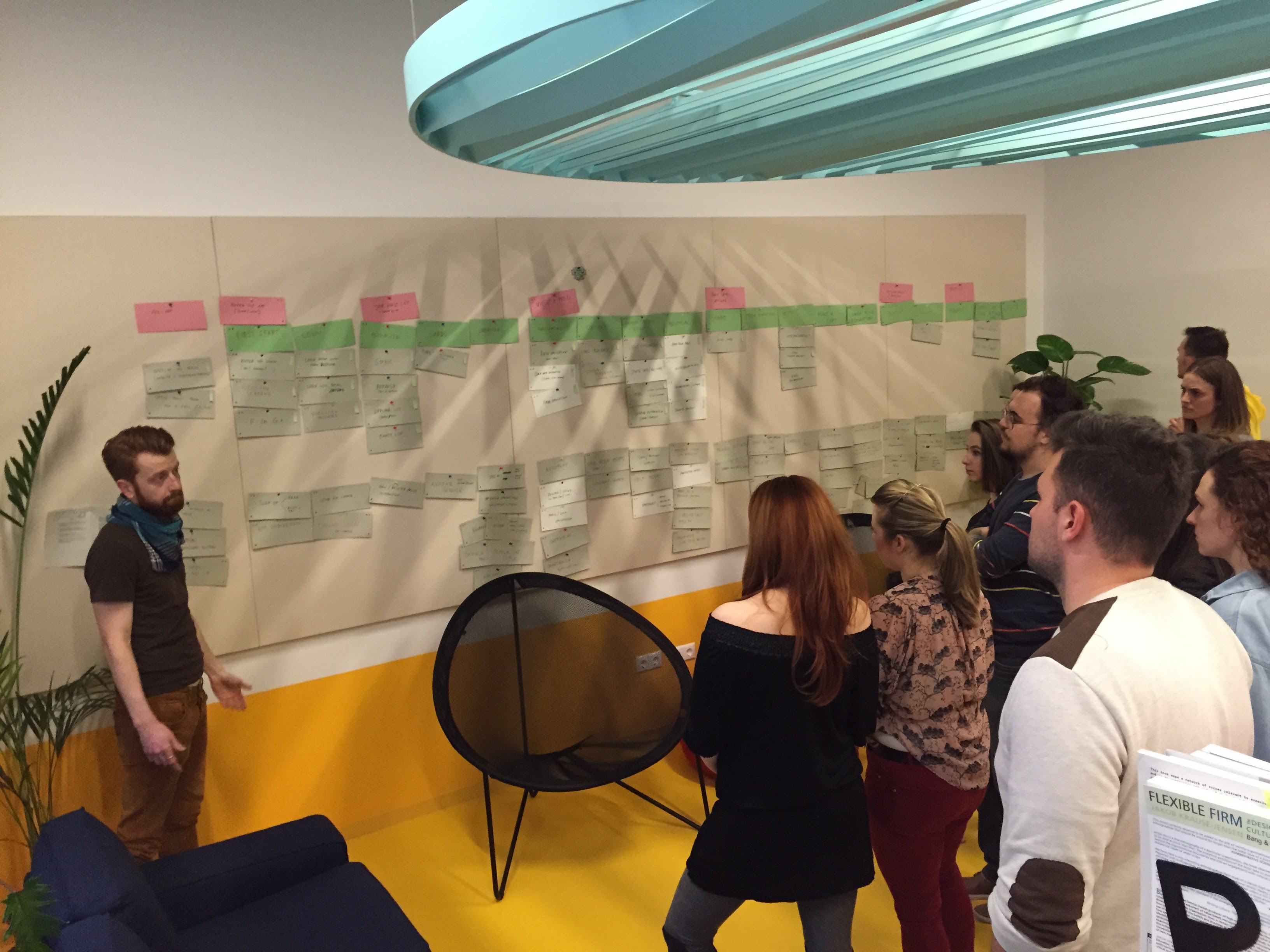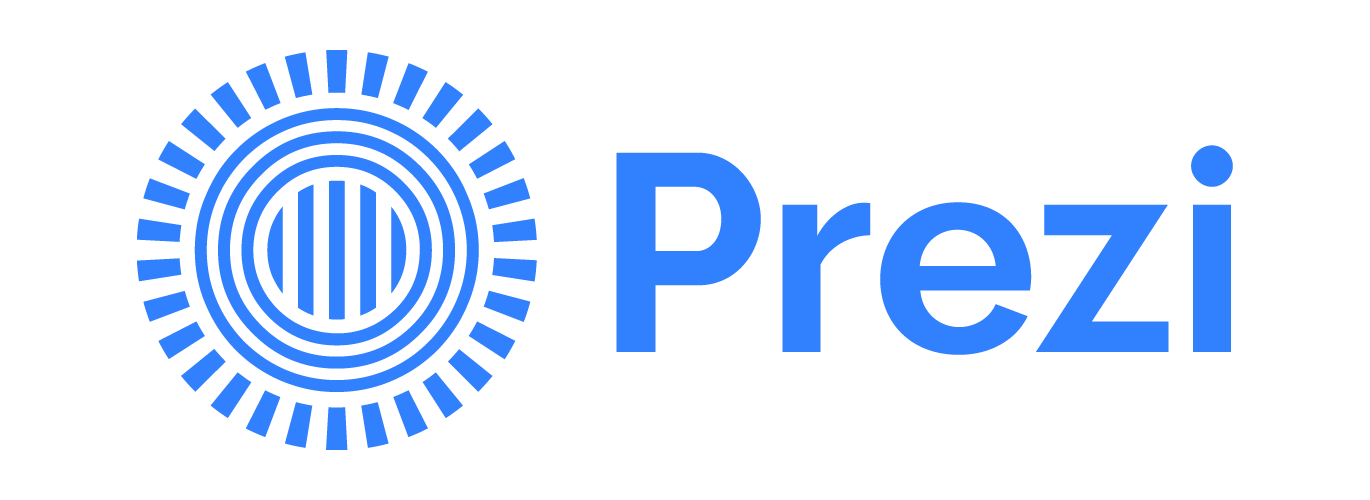Shared understanding with story mapping
Driving the user experience for Prezi’s mobile products, our product team faced a critical challenge: our four development teams were working in silos, and their backlogs didn’t provide a clear, unified view of the product’s direction. We were at risk of building a fragmented, incoherent experience. My first priority was to create a shared understanding and get everyone focused on the same goal.

I introduced user story mapping as a solution, recognizing it as a powerful tool to align the teams by fostering a shared view of product, design, and development. Because we had already set up robust research track, we were able to ground the map in a solid understanding of our users’ needs. This process was a key part of our discovery practice, ensuring our efforts were both aligned and user-centered.

I led the sessions to create the first map, then worked directly with each of the dev teams to get their buy-in and iterate on areas that weren’t clear. This ensured everyone was aligned from the start. Throughout development, we used a modified map to coordinate efforts, adding details as needed and providing a real-time view of our progress.

This experience was foundational to my leadership philosophy. It proved that a simple, visual tool can be the key to improve team collaboration, tying discovery practices to product decisions, and ensuring a coherent user journey. I’ve since introduced this method at other organizations (like at Emarsys) to help teams achieve the same level of clarity and focus.
